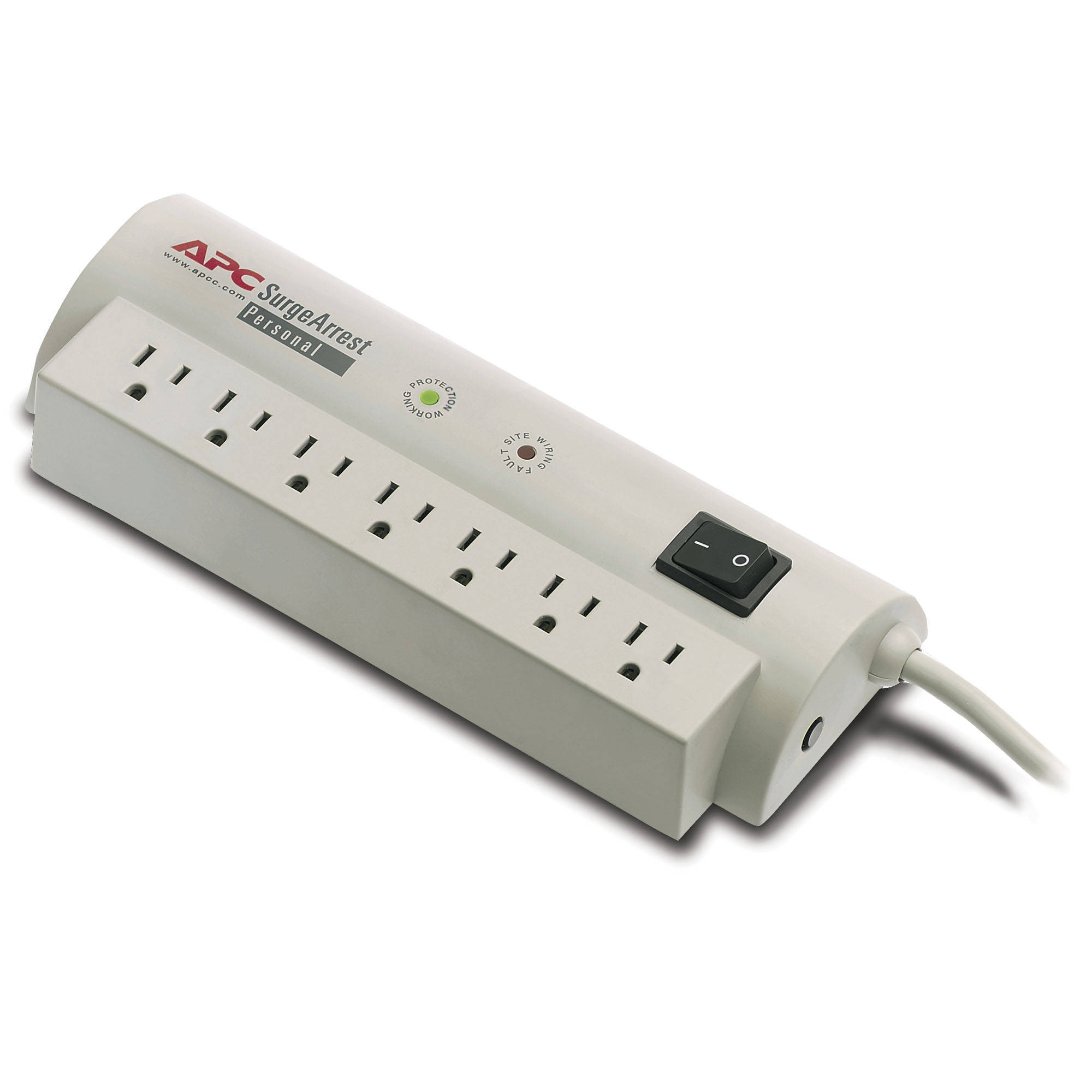

Articles
What Is A Surge Suppressor Vs Surge Protector
Modified: December 7, 2023
Read articles and learn the difference between a surge suppressor and a surge protector for effective electrical protection.
(Many of the links in this article redirect to a specific reviewed product. Your purchase of these products through affiliate links helps to generate commission for Storables.com, at no extra cost. Learn more)
Introduction
Welcome to the world of electrical devices and power surges. As technology continues to advance, our reliance on electronic devices is increasing at an unprecedented rate. Whether it’s our smartphones, laptops, or home appliances, these devices have become an integral part of our daily lives. But with great power comes great responsibility, and in this case, the responsibility lies in protecting our devices from power surges.
Power surges are sudden, unexpected increases in voltage that can damage or even destroy our electronic devices. They can result from lightning strikes, utility grid fluctuations, or electrical equipment malfunctions. When a power surge occurs, it sends a surge of excess electrical energy into our devices, causing irreversible damage.
To safeguard our valuable devices, we have two main options: surge suppressors and surge protectors. While these terms are often used interchangeably, there are key differences between the two. In this article, we will explore the concepts of surge suppressors and surge protectors, how they work, and their advantages and disadvantages.
So, if you’ve ever wondered about the differences between surge suppressors and surge protectors, or if you’re unsure which one is right for you, this article will provide the information you need to make an informed decision. Let’s dive in!
Key Takeaways:
- Surge suppressors offer basic protection against everyday power surges, diverting excess voltage and extending the lifespan of electronic devices. They are affordable, convenient, and provide peace of mind for device protection.
- Surge protectors provide advanced protection with higher joule ratings, enhanced capabilities, and the ability to handle larger and more severe power surges. They offer expanded coverage, additional features, and peace of mind for safeguarding valuable electronic devices.
Understanding Surges
Before we delve into the specifics of surge suppressors and surge protectors, it’s important to understand the nature of power surges. Simply put, a power surge is a sudden and temporary increase in electrical voltage that exceeds the normal level of power flowing through an electrical circuit.
Power surges can occur due to various reasons, such as lightning strikes, utility grid disruptions, or the operation of high-powered electrical devices. When a power surge happens, it sends a surge of excess voltage through the electrical system, potentially damaging any connected electronic devices.
The severity of a power surge can vary, ranging from relatively minor jumps in voltage to large-scale surges that can cause significant damage. Additionally, power surges can occur in a matter of milliseconds, which makes them difficult to anticipate and protect against.
It’s worth noting that power surges can enter our homes and offices through various pathways. These surges can enter through power lines, telephone lines, cable TV connections, or even through seemingly harmless sources like fax machines or printers. Therefore, it’s crucial to take preventative measures to protect our valuable electronic devices.
Now that we have a basic understanding of power surges, let’s move on to exploring the concept of surge suppressors.
What Is a Surge Suppressor?
A surge suppressor, also known as a surge protector or transient voltage suppressor, is a device designed to protect electronic devices from power surges. Its primary function is to suppress or limit excess voltage and redirect it away from connected devices, preventing them from being damaged.
Surge suppressors work by using various protective components, such as metal oxide varistors (MOVs) or gas discharge tubes, which are capable of absorbing and dissipating excess electrical energy. These components act as barriers, diverting the surge away from sensitive equipment and towards a grounding point.
Surge suppressors typically come in the form of power strips or plug-in devices that can be easily connected to power outlets. They often include multiple outlets to accommodate several devices simultaneously. Some advanced surge suppressors also include additional features like USB ports and Ethernet connections, providing comprehensive protection for a range of devices.
It’s important to note that surge suppressors are not intended to offer complete protection against all types of power surges. While they can effectively suppress smaller surges, they may not be able to handle more severe surges caused by direct lightning strikes or major electrical faults.
Despite their limitations, surge suppressors offer valuable protection for everyday power surges and can significantly extend the lifespan of electronic devices. They serve as a sacrificial component, absorbing the excess voltage to protect the connected devices.
Now that we understand what a surge suppressor is, let’s explore how it works in more detail.
How Does a Surge Suppressor Work?
A surge suppressor works by diverting excess voltage away from electronic devices and towards a grounding point, protecting them from potential damage. It achieves this through the use of protective components called metal oxide varistors (MOVs) or gas discharge tubes.
When a power surge occurs, the voltage rises above the normal level. This triggers the surge suppressor to activate and divert the excess voltage away from the connected devices. The MOVs or gas discharge tubes within the surge suppressor act as a pathway for the surge to flow, directing it towards the ground.
The MOVs or gas discharge tubes have a high resistance to low voltage but a low resistance to high voltage. As a result, when a power surge occurs, the voltage increases and exceeds a certain threshold, causing the resistance of the MOVs or gas discharge tubes to drop dramatically. This allows the excess voltage to be redirected safely towards the ground, protecting the connected devices.
Additionally, surge suppressors often include a component called an indicator light or surge protection status indicator. This light provides visible feedback to indicate whether the surge suppressor is still functioning properly. If the indicator light goes out or becomes dim, it may indicate that the surge suppressor needs to be replaced.
While surge suppressors are effective in handling everyday power surges, it’s important to keep in mind their limitations. They are not designed to handle massive power surges caused by events like direct lightning strikes. In such cases, it’s recommended to use additional protective measures, such as whole-house surge protection systems, to provide comprehensive protection for your electronic devices.
Now that we have a good understanding of how surge suppressors work, let’s explore the advantages they offer.
Advantages of Surge Suppressors
Surge suppressors offer several advantages when it comes to protecting our electronic devices from power surges. Here are some key benefits:
- Device Protection: The primary advantage of surge suppressors is their ability to protect electronic devices from power surges. By diverting excess voltage away from the devices, surge suppressors prevent damage that could lead to costly repairs or replacements.
- Convenience and Versatility: Surge suppressors come in various forms, including power strips or plug-in devices. This makes them easy to install and use, allowing for the protection of multiple devices simultaneously. They are also compatible with a wide range of electronic devices, making them versatile for use in homes, offices, or other settings.
- Affordability: Surge suppressors are an affordable solution for protecting electronic devices. They are readily available in the market and come at a range of price points, making them accessible to all budgets. Investing in a surge suppressor can save you money in the long run by protecting your valuable devices.
- Extended Device Lifespan: By preventing damage from power surges, surge suppressors help extend the lifespan of electronic devices. This means you can enjoy the full functionality and performance of your devices for a longer period, without worrying about premature failures or malfunctions.
- Peace of Mind: Knowing that your electronic devices are protected by surge suppressors can provide peace of mind. Instead of constantly worrying about unexpected power surges, you can have confidence that your devices are safeguarded against potential damage.
While surge suppressors offer numerous advantages, it’s important to remember that they are not foolproof and have their limitations. As mentioned earlier, they might not provide adequate protection against severe power surges caused by direct lightning strikes. In such cases, it’s advisable to consider additional protective measures, such as whole-house surge protection systems.
Now that we’ve explored the advantages of surge suppressors, let’s examine the potential disadvantages.
Disadvantages of Surge Suppressors
While surge suppressors offer valuable protection for electronic devices, they also come with a few potential disadvantages. It’s important to be aware of these limitations so that you can make an informed decision. Here are some disadvantages of using surge suppressors:
- Limited Effectiveness: Surge suppressors are designed to handle everyday power surges. However, they may not be able to provide adequate protection against severe power surges caused by events like direct lightning strikes or major electrical faults. In these situations, a higher level of protection, such as a whole-house surge protection system, may be required.
- Finite Lifespan: Surge suppressors have a limited lifespan. Over time and after multiple surge events, the protective components within the suppressor can degrade, reducing their effectiveness. It’s important to periodically check and replace surge suppressors to ensure they are functioning properly and offering optimal protection.
- No Guarantees: While surge suppressors are designed to protect electronic devices, there are no guarantees that they will be able to completely prevent damage in the event of a power surge. They can mitigate the effects of moderate surges, but there is still a risk of damage in more extreme situations.
- Single Point of Protection: When using surge suppressors, the protection is limited to the devices directly connected to the suppressor. If you have devices plugged into other outlets without surge suppressors, they may still be vulnerable to power surges. It’s important to ensure comprehensive protection for all valuable devices.
- Compatibility Issues: Some surge suppressors may not be compatible with all electronic devices. It’s important to check the specifications and ensure that the suppressor is suitable for the devices you want to protect. Additionally, surge suppressors with lower joule ratings may not be as effective in handling larger power surges.
Despite these disadvantages, surge suppressors are still a cost-effective and practical solution for protecting electronic devices from most everyday power surges. Understanding their limitations will help you make informed decisions about how to best protect your valuable devices.
Now let’s explore the concept of surge protectors and how they differ from surge suppressors.
When choosing between a surge suppressor and a surge protector, look for a device with a high joule rating to ensure it can handle large power surges and protect your electronics effectively.
What Is a Surge Protector?
A surge protector, also known as a surge arrester or surge suppressor, is a device designed to protect electronic devices from power surges by diverting excess voltage and preventing it from reaching the devices. While the terms “surge protector” and “surge suppressor” are often used interchangeably, surge protectors typically offer a higher level of protection compared to surge suppressors.
Surge protectors are built with more robust protective components and advanced technologies to handle larger and more severe power surges. They are designed to block, absorb, or ground excessive voltage to safeguard connected devices.
Similar to surge suppressors, surge protectors come in various forms such as power strips, wall-mounted units, or built-in protectors in electrical panels. They often feature multiple outlets or ports to accommodate multiple devices and provide comprehensive protection.
One of the key differences between surge protectors and surge suppressors is the presence of a protection rating, commonly measured in joules. The joule rating indicates the amount of energy a surge protector can absorb before it becomes ineffective. A surge protector with a higher joule rating can handle larger power surges and offer better protection for your devices.
Surge protectors may also include additional features such as automatic shutdown, voltage regulation, or built-in diagnostics to enhance their functionality and provide added protection. Some surge protectors even offer extra features like Ethernet or coaxial cable protection to safeguard your network and entertainment systems.
It’s important to note that while surge protectors offer a higher level of protection, they are still not capable of protecting against direct lightning strikes or extreme power surges. For comprehensive protection in such scenarios, additional measures like whole-house surge protection systems may be necessary.
Now that we understand what a surge protector is, let’s explore how it works in more detail.
How Does a Surge Protector Work?
A surge protector works by detecting and diverting excess voltage away from electronic devices, effectively safeguarding them from power surges. It employs a combination of protective components and advanced technologies to provide comprehensive protection. Here’s how a surge protector typically works:
1. Surge Detection: Surge protectors are equipped with components like metal oxide varistors (MOVs) or gas discharge tubes that have a high resistance to low voltage but a low resistance to high voltage. These components continuously monitor the voltage level of the incoming power supply.
2. Threshold Detection: When the voltage exceeds a certain threshold level, indicating the presence of a power surge, the surge protector activates its protective mechanisms.
3. Voltage Diversion: The surge protector redirects the excess voltage away from the connected devices. This is usually achieved through the use of MOVs or gas discharge tubes. These components provide an alternate pathway, allowing the excess voltage to be safely directed towards a grounding point.
4. Energy Absorption: The MOVs or gas discharge tubes within the surge protector absorb the excess voltage and dissipate it as heat. This prevents the excess voltage from reaching and potentially damaging the connected devices.
5. Automatic Reset: After the power surge has passed and the voltage returns to a safe level, the surge protector resets itself to its normal state, ready to detect and divert future surges.
Some surge protectors may also incorporate additional features to enhance their functionality. For example, they may include built-in circuit breakers to provide overload protection or noise filtering to reduce electromagnetic interference.
It’s worth noting that surge protectors have a finite lifespan and can degrade over time, especially after experiencing multiple power surges. Therefore, it’s important to periodically check and replace surge protectors to ensure they continue to provide optimal protection.
While surge protectors offer a higher level of protection compared to surge suppressors, it’s important to remember that they cannot completely protect against all types of power surges. For more severe surges, such as direct lightning strikes, whole-house surge protection systems may be necessary for comprehensive protection.
Now that we understand how surge protectors work, let’s explore the advantages they offer over surge suppressors.
Advantages of Surge Protectors
Surge protectors offer several advantages when it comes to protecting electronic devices from power surges. Here are some key benefits of using surge protectors:
- Enhanced Protection: Surge protectors provide a higher level of protection compared to surge suppressors. With their advanced components and technologies, they are designed to handle larger and more severe power surges. This means they can effectively safeguard your valuable electronic devices against a wider range of potential threats.
- Joule Rating: Surge protectors are typically rated in joules, which indicates their capacity to absorb energy from power surges. A higher joule rating means the surge protector can absorb more energy before becoming ineffective. This offers added assurance that your devices are protected against powerful surges that may occur.
- Expandable Protection: Surge protectors often come in the form of power strips or units with multiple outlets. This allows you to protect multiple devices simultaneously, expanding the coverage of protection in your home or office. Surge protectors also come with different outlet configurations, including USB ports and specialty outlets, to accommodate various device types.
- Advanced Features: Surge protectors may include additional features to enhance their functionality and convenience. These can include automatic shutdown capabilities to safeguard against sustained overvoltage, voltage regulation to ensure a stable power supply to connected devices, or even diagnostic indicators to provide status updates on the health of the surge protector.
- Peace of Mind: Using surge protectors can alleviate concerns about potential damage to your electronic devices. With their enhanced protection and higher capacity to handle surges, surge protectors offer peace of mind in knowing that your devices are well-protected.
It’s important to choose the right surge protector that fits your specific needs. Consider factors such as the number of outlets required, the joule rating, and any additional features that may be beneficial for your devices.
While surge protectors offer significant advantages, it’s important to remember that they are not infallible and have their limitations. In extreme cases, such as direct lightning strikes, additional measures like whole-house surge protection systems may be necessary for complete protection.
Now that we’ve explored the advantages of surge protectors, let’s examine the potential disadvantages.
Read more: What Does Switched Mean On A Surge Protector
Disadvantages of Surge Protectors
Although surge protectors offer valuable protection for electronic devices, they also have a few potential disadvantages. It’s essential to be aware of these limitations when considering the use of surge protectors. Here are some disadvantages to keep in mind:
- Limited Lifespan: Surge protectors have a finite lifespan. Over time and after multiple power surges, the protective components within the surge protector can degrade, reducing their effectiveness. It’s important to regularly check and replace surge protectors to ensure they continue to offer optimal protection.
- Not Immune to Direct Lightning Strikes: While surge protectors are designed to handle power surges, including those caused by lightning, they are not immune to the immense power of a direct lightning strike. In such extreme situations, a whole-house surge protection system or lightning rod may be necessary to provide comprehensive protection.
- Location Limitations: Surge protectors should be positioned close to the devices they are intended to protect. If the surge protector is located far away from the devices or there are significant cable lengths between them, the effectiveness of the protection may be diminished.
- Deterioration: Over time, surge protectors may be subjected to wear and tear, which can affect their performance. Factors such as exposure to heat, humidity, or physical damage can contribute to the deterioration of the surge protector. Regular inspection and maintenance are needed to ensure optimal performance.
- Single Point of Protection: Similar to surge suppressors, surge protectors provide protection only to the devices directly connected to them. Any devices connected to other outlets or power sources without surge protection may still be vulnerable to power surges. It’s important to consider comprehensive protection and ensure that all vital devices are safeguarded.
Despite these disadvantages, surge protectors remain an important and practical solution for protecting electronic devices from most power surges. Understanding their limitations can help you make informed decisions about how to best protect your valuable devices.
Now that we’ve examined the advantages and disadvantages of surge protectors, let’s highlight the key differences between surge suppressors and surge protectors.
Key Differences between Surge Suppressors and Surge Protectors
While surge suppressors and surge protectors are often used interchangeably, there are distinct differences between the two in terms of their functionality and level of protection. Understanding these differences can help you choose the right device for your specific needs. Here are the key differences between surge suppressors and surge protectors:
- Level of Protection: Surge suppressors are designed to suppress or limit excess voltage and redirect it away from connected devices, protecting them from power surges. They can handle everyday surges but may not be able to handle larger or more severe surges caused by events like direct lightning strikes. On the other hand, surge protectors offer a higher level of protection and are built to withstand larger and more severe surges, providing enhanced protection for your devices.
- Protective Components: Surge suppressors primarily use protective components such as metal oxide varistors (MOVs) or gas discharge tubes to absorb and dissipate excess voltage. These components act as a barrier, diverting the surge away from the connected devices. Surge protectors utilize more robust protective components and advanced technologies, such as multiple MOVs, to handle higher voltage surges and provide comprehensive protection.
- Joule Rating: Surge suppressors generally do not have a specific joule rating, as their primary function is to suppress voltage spikes. In contrast, surge protectors are typically rated in joules, which indicates their energy absorption capacity. A higher joule rating means a surge protector can absorb more energy before becoming ineffective. This allows surge protectors to handle larger surges and provide better protection for your devices.
- Capabilities: Surge suppressors are suitable for everyday power surges and offer basic protection for electronic devices. They are affordable and easily accessible, making them a popular choice for individual device protection. Surge protectors, on the other hand, offer advanced features and enhanced capabilities. They can handle larger surges, protect multiple devices simultaneously, and may include additional features like automatic shutdown, voltage regulation, or diagnostic indicators.
- Cost and Availability: Surge suppressors are typically more affordable and widely available compared to surge protectors. They offer a cost-effective solution for basic surge protection. Surge protectors, with their higher level of protection and advanced features, may have a higher price point but provide additional benefits and peace of mind.
It’s important to assess your specific needs and requirements when choosing between surge suppressors and surge protectors. Consider the level of protection you require, the devices you want to safeguard, and your budget. In some cases, a combination of surge suppressors and surge protectors may be the best solution, providing both basic and enhanced protection to meet different needs.
Now that we’ve discussed the key differences between surge suppressors and surge protectors, let’s conclude the article.
Conclusion
Power surges can pose a significant risk to our electronic devices, potentially causing irreversible damage and impacting their lifespan. To protect our valuable devices, surge suppressors and surge protectors offer viable solutions. While these terms are often used interchangeably, there are important distinctions between the two.
Surge suppressors serve as a barrier, diverting excess voltage away from devices and protecting them from everyday power surges. They offer basic protection and are affordable and readily available. However, they may not be suitable for handling larger or more severe surges caused by lightning strikes or major electrical faults.
On the other hand, surge protectors provide a higher level of protection against a wider range of power surges. They utilize advanced components and technologies, and often have higher joule ratings to absorb more energy. Surge protectors are designed to withstand larger power spikes, protecting multiple devices simultaneously, and may offer additional features for enhanced functionality.
It’s important to remember that surge suppressors and surge protectors have their limitations. While they can mitigate the effects of power surges, they may not be able to provide complete protection against direct lightning strikes or extreme surges. In such cases, whole-house surge protection systems or other additional measures may be necessary.
Your choice between surge suppressors and surge protectors will depend on your specific needs, the level of protection required, and your budget. Assessing the capabilities, features, and joule ratings of these devices will help you make an informed decision.
In conclusion, whether you opt for surge suppressors or surge protectors, taking measures to protect your electronic devices from power surges is essential. By investing in these devices, you can extend the lifespan of your electronics, reduce the risk of costly repairs or replacements, and gain peace of mind knowing that your devices are well-protected.
So, safeguard your electronics—choose the right surge suppression solution for your needs and enjoy the long-lasting performance of your valuable devices.
Frequently Asked Questions about What Is A Surge Suppressor Vs Surge Protector
Was this page helpful?
At Storables.com, we guarantee accurate and reliable information. Our content, validated by Expert Board Contributors, is crafted following stringent Editorial Policies. We're committed to providing you with well-researched, expert-backed insights for all your informational needs.

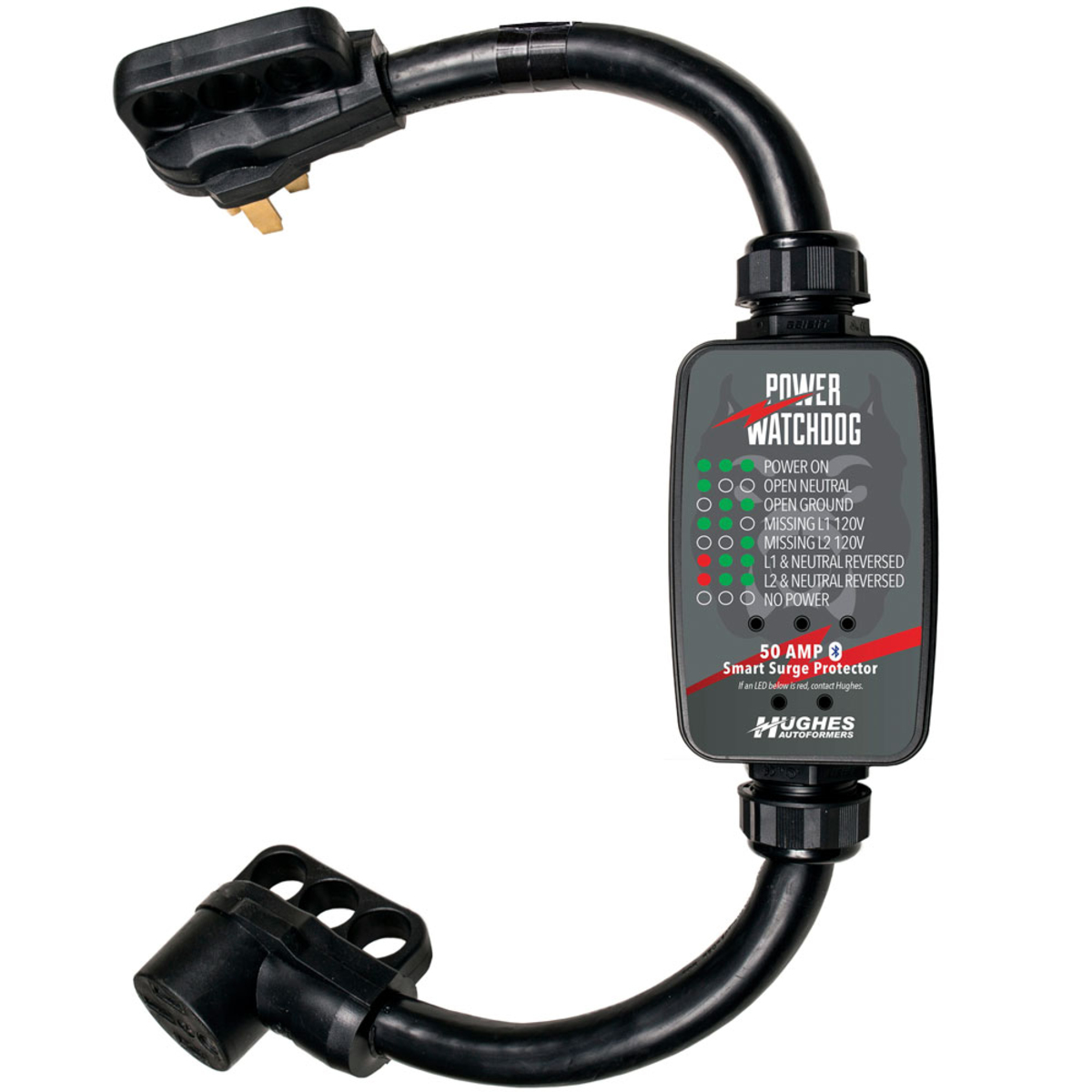
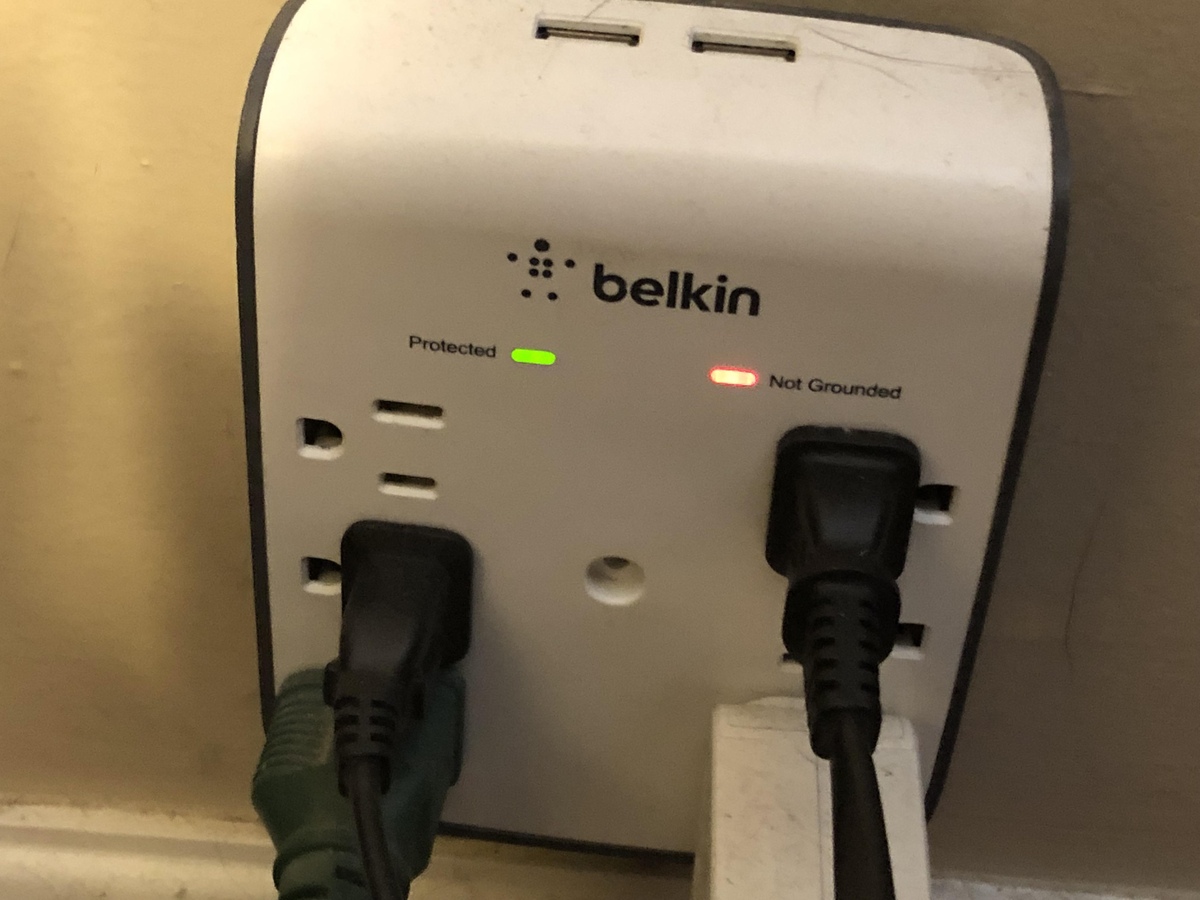
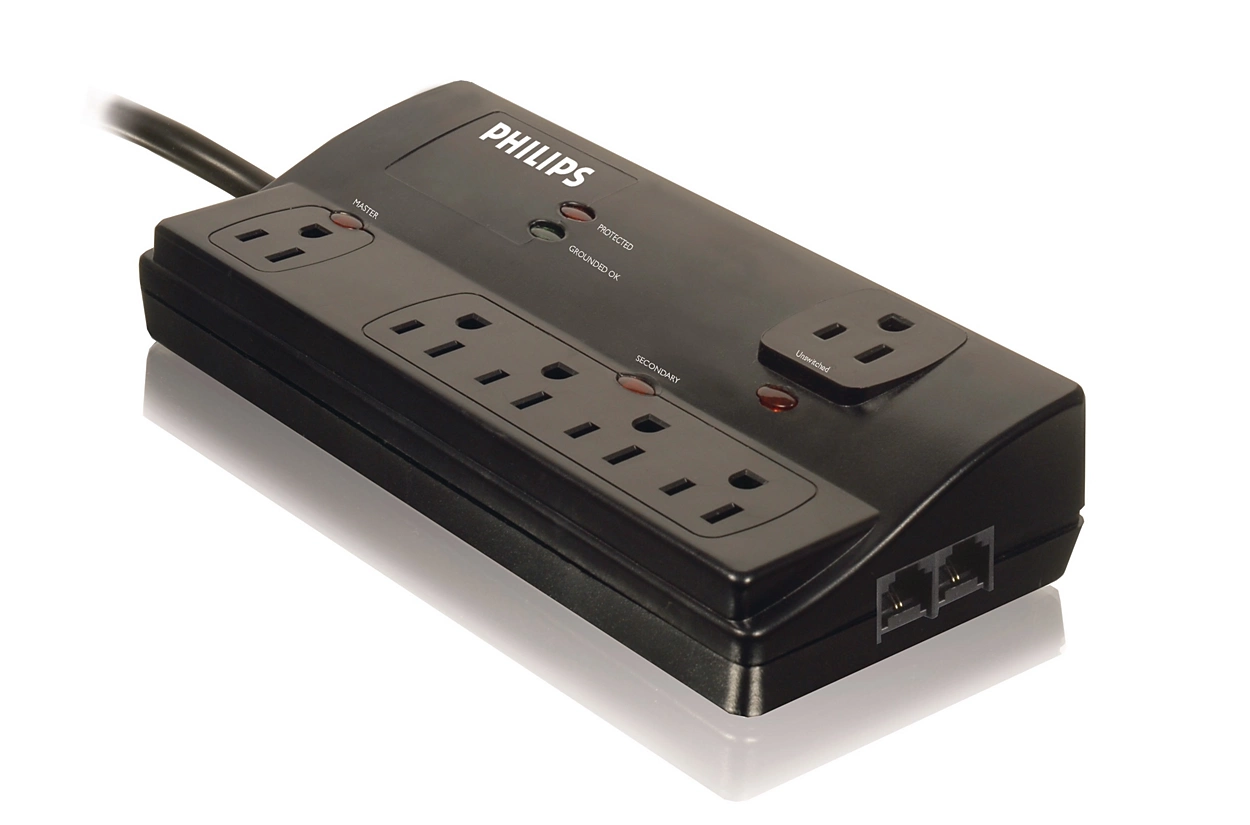
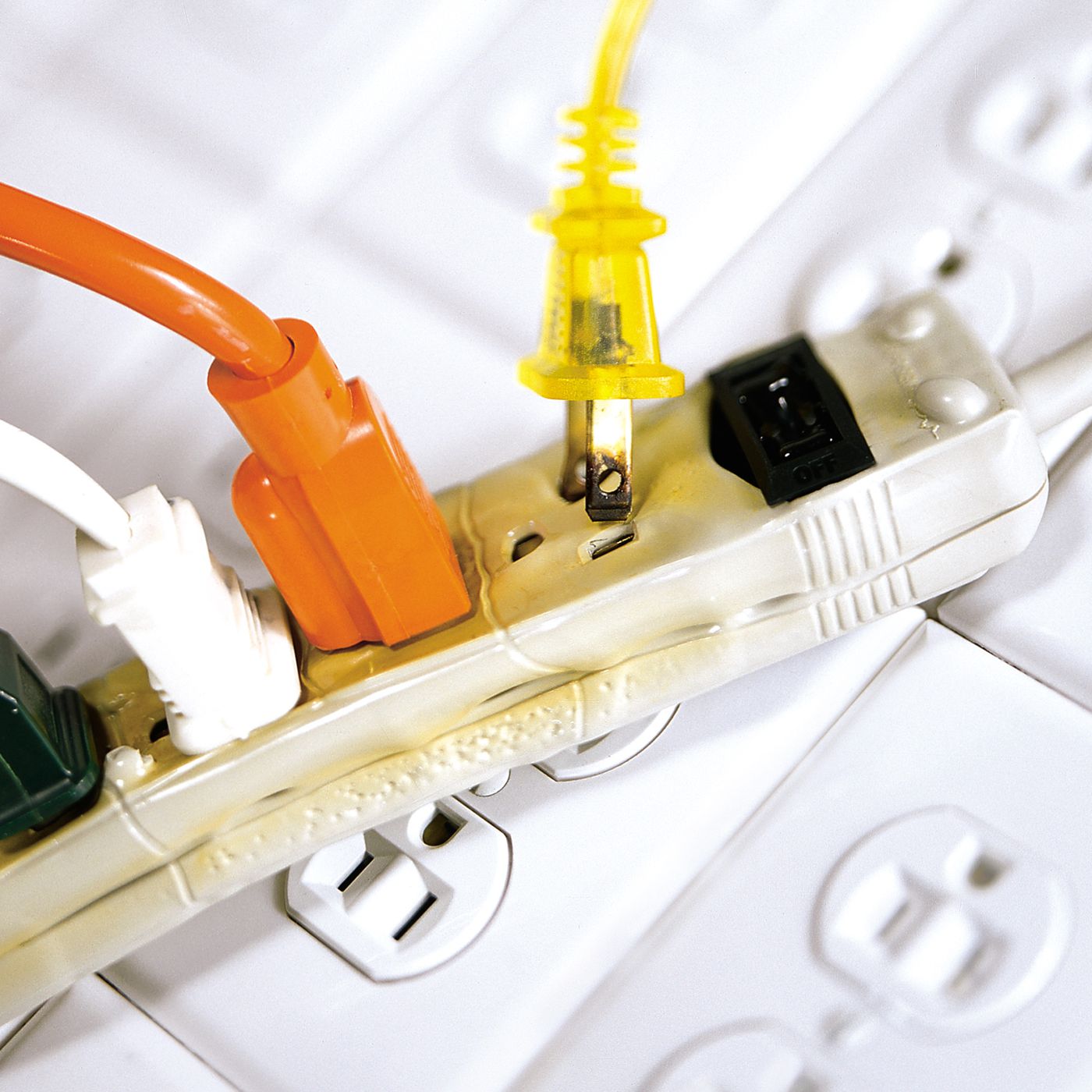
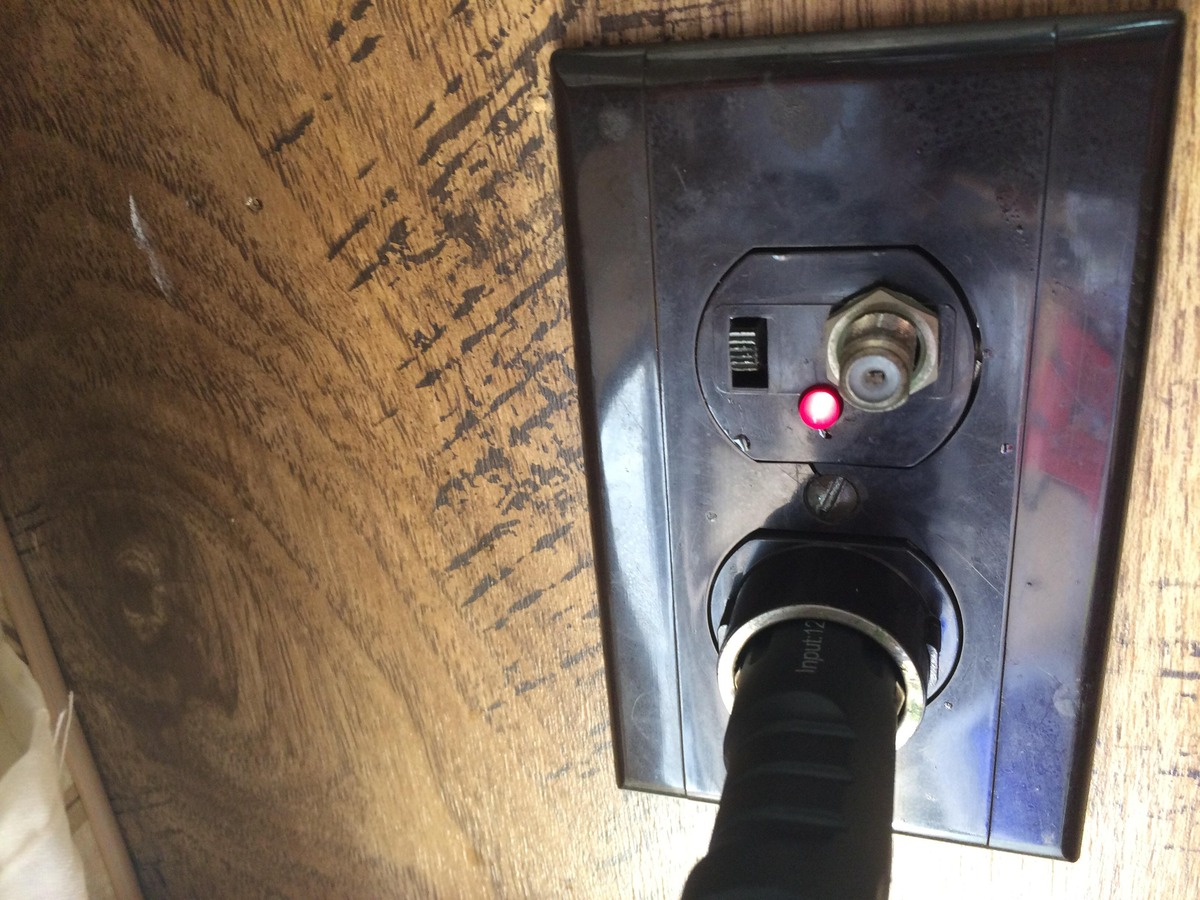
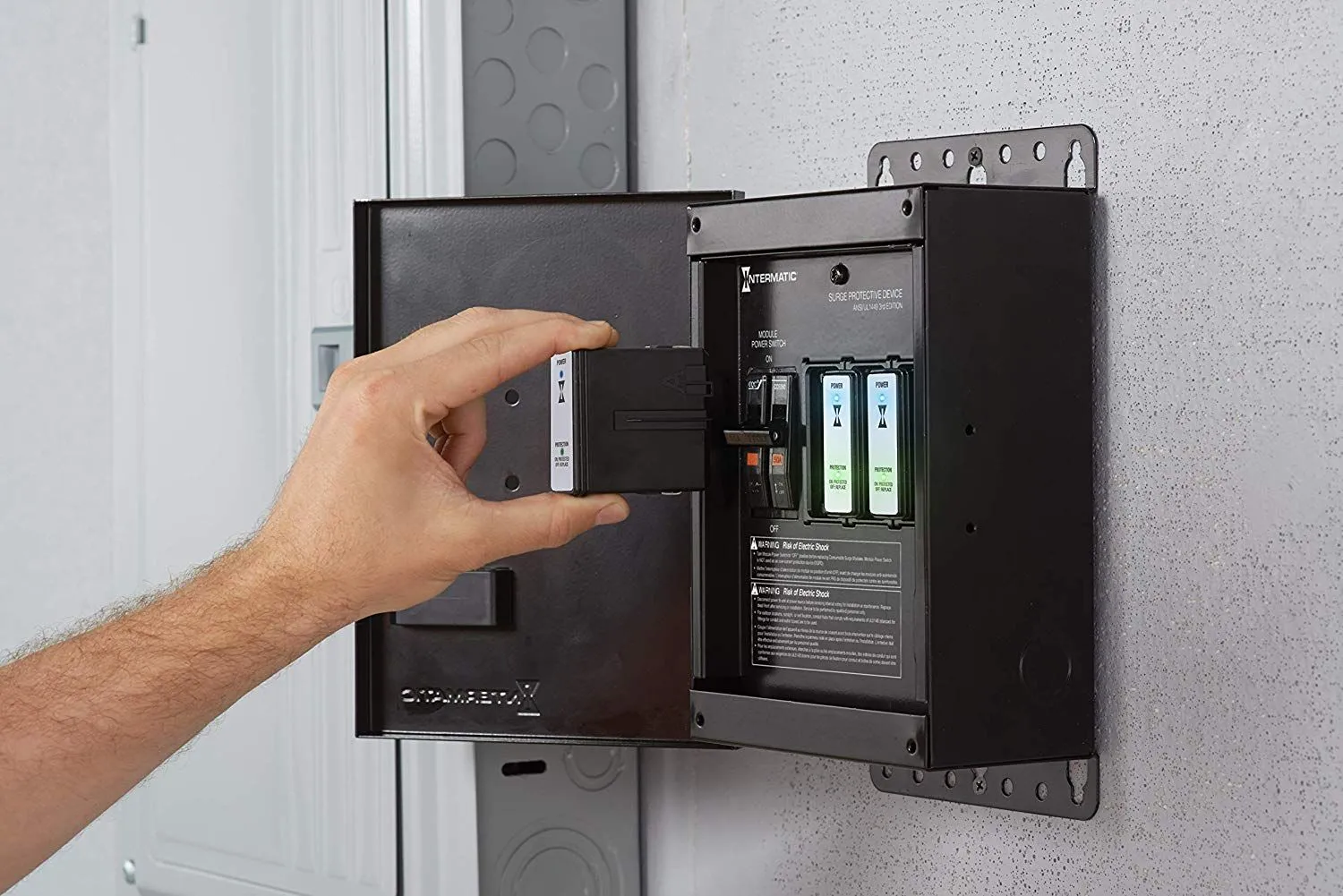
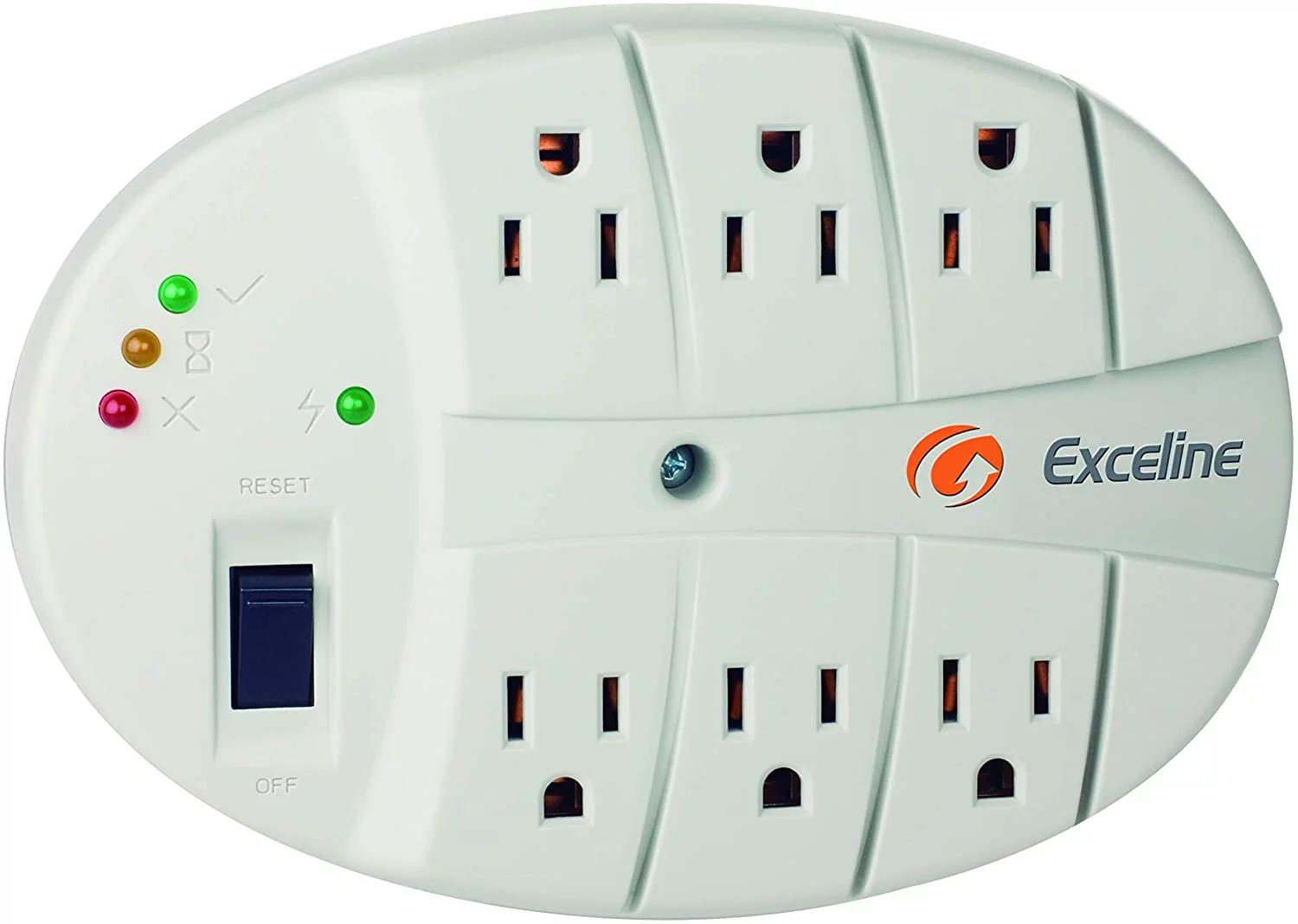
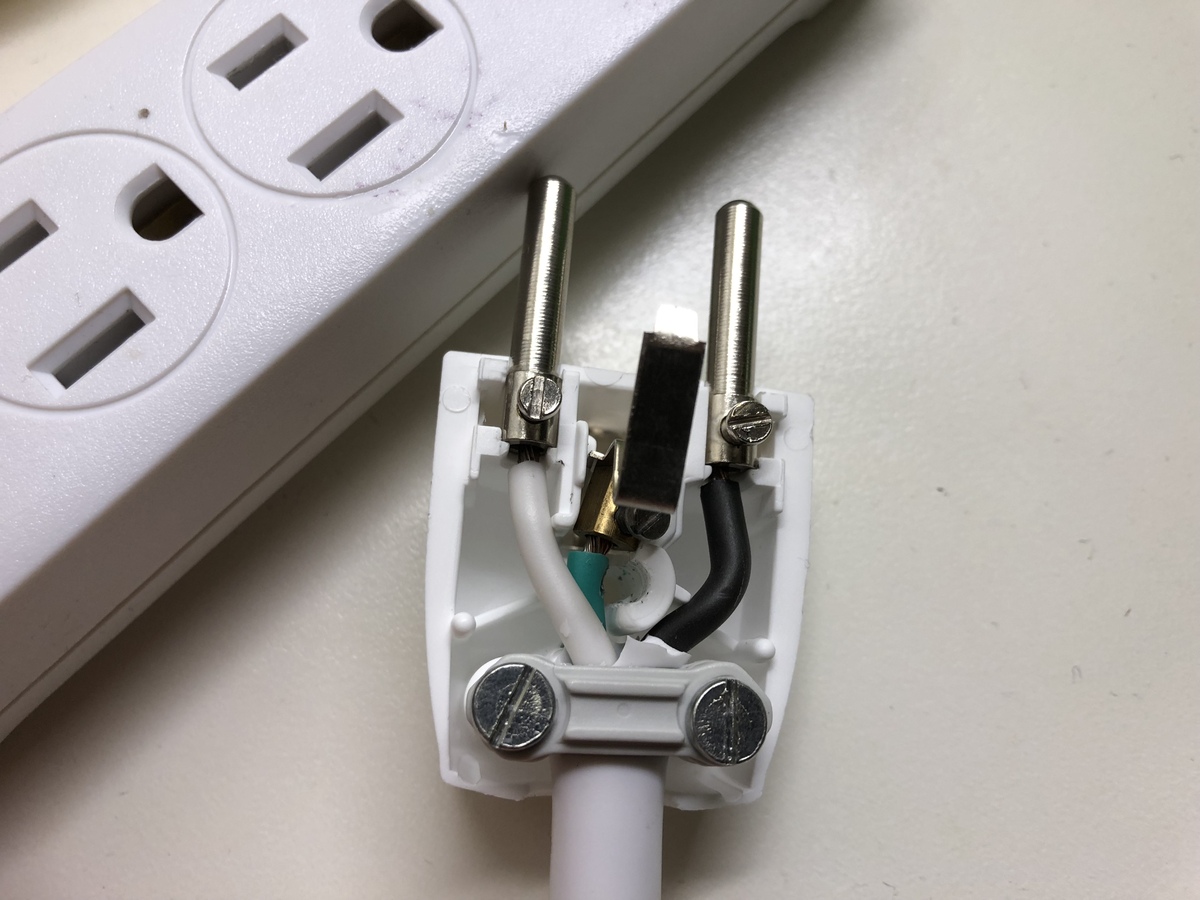
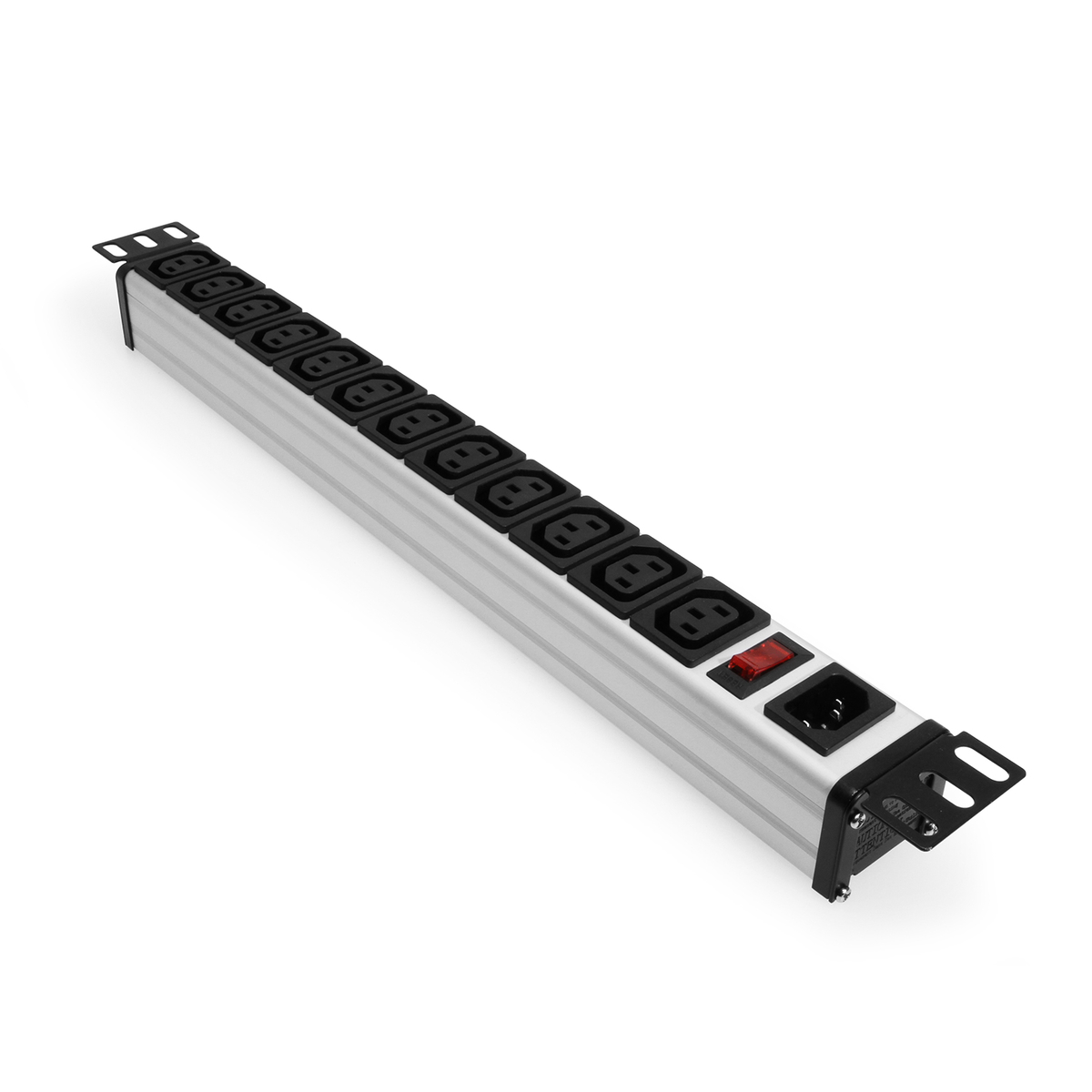
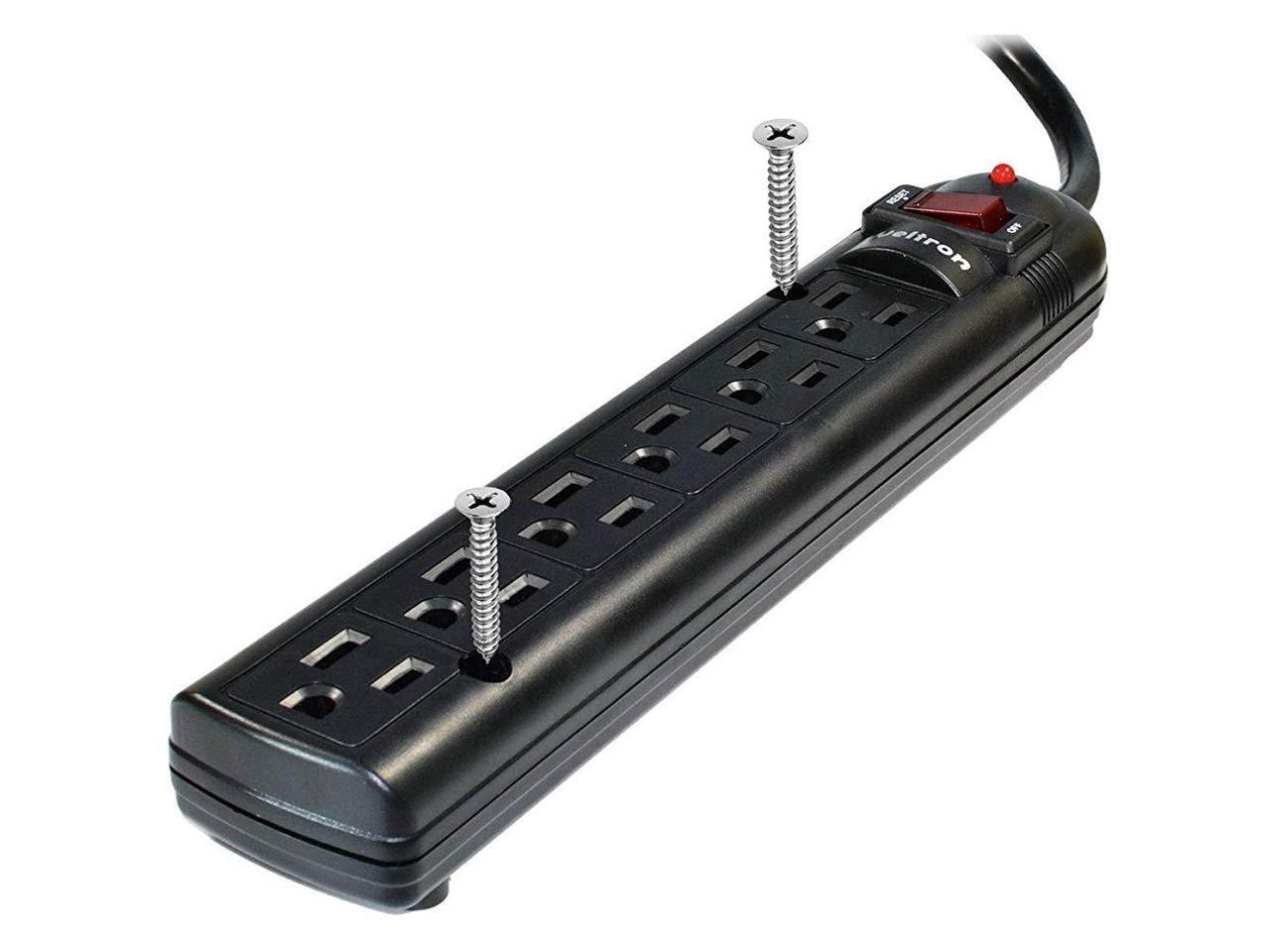
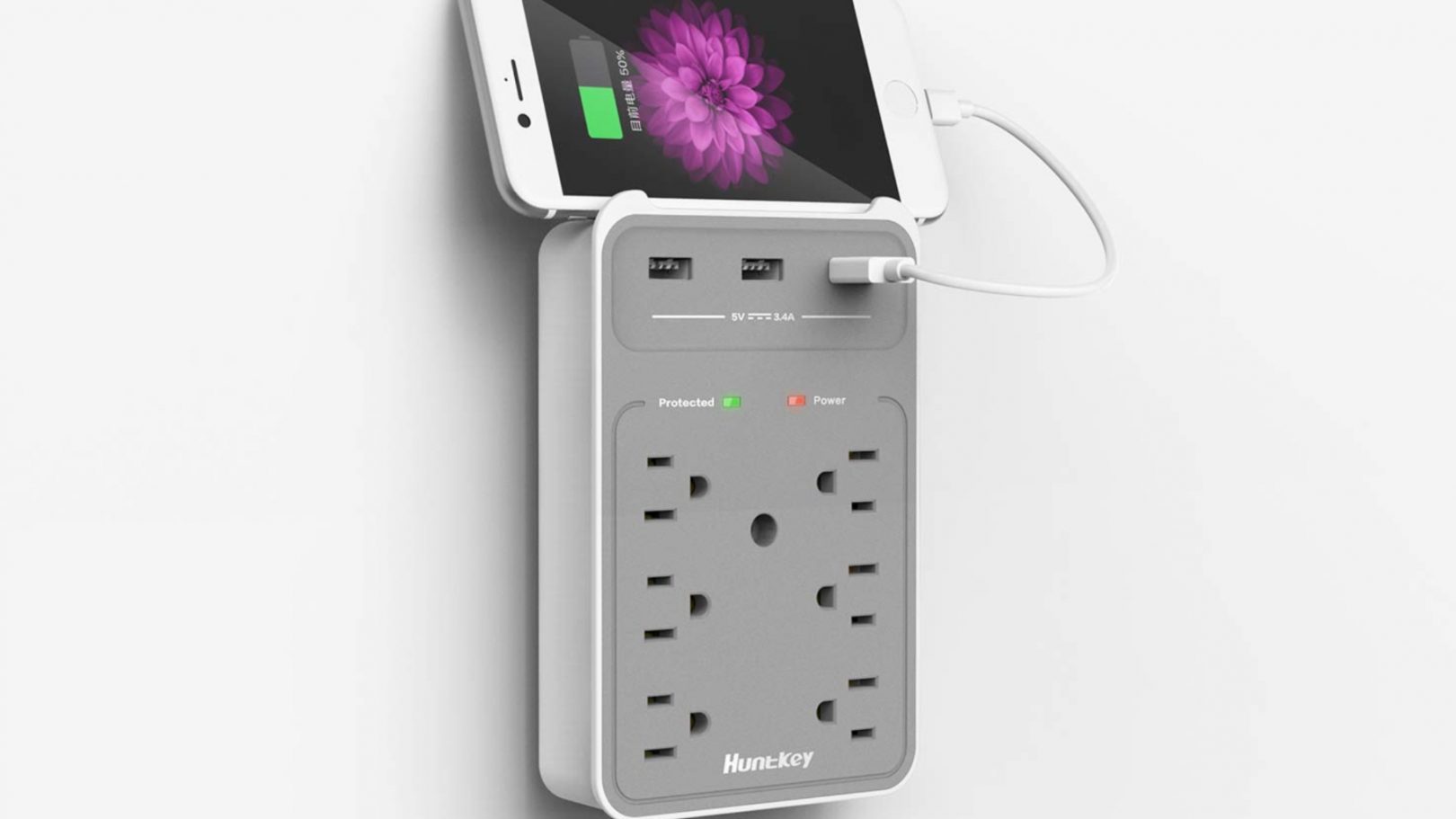
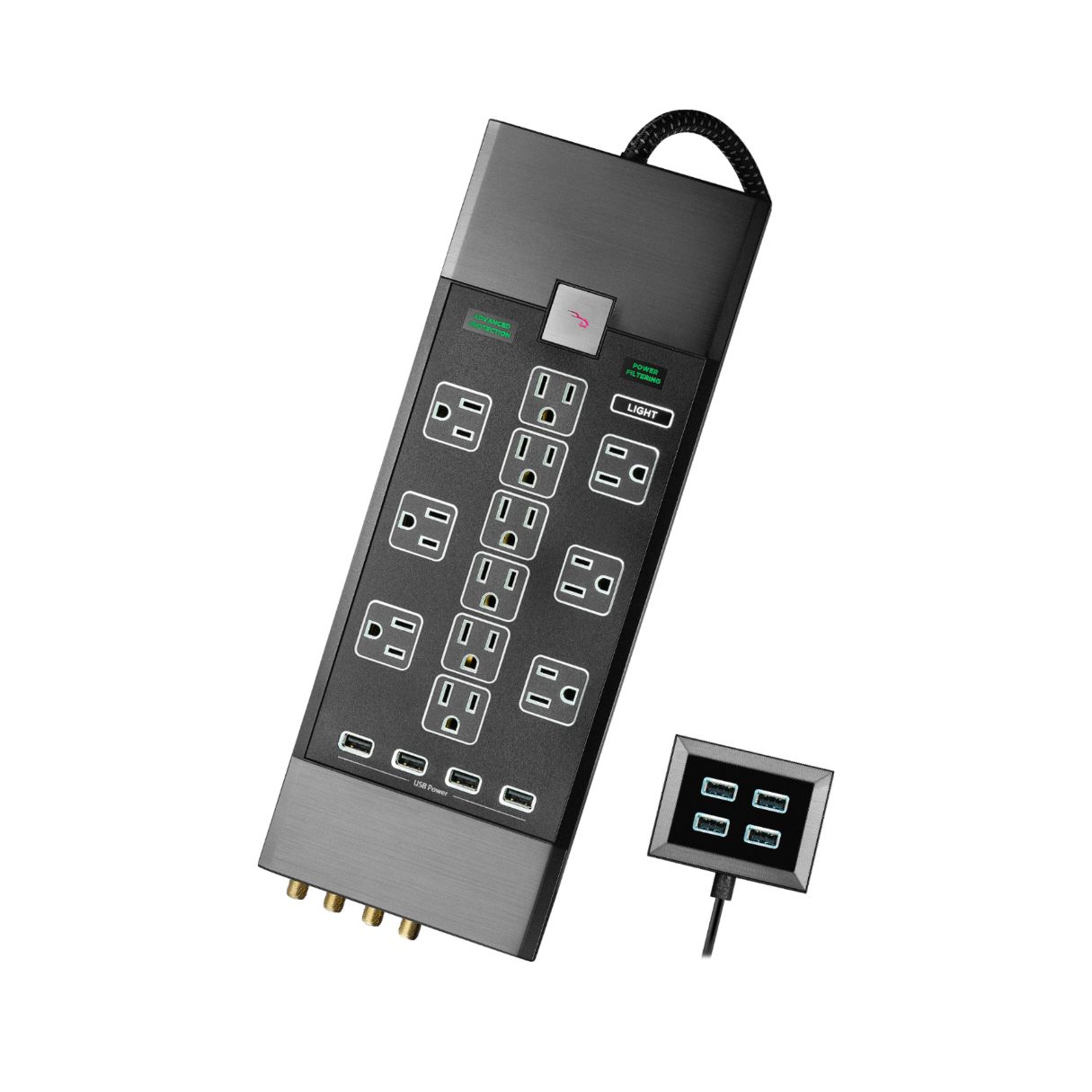

0 thoughts on “What Is A Surge Suppressor Vs Surge Protector”